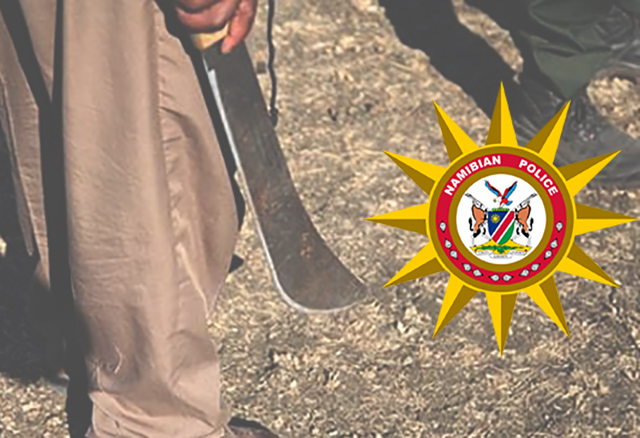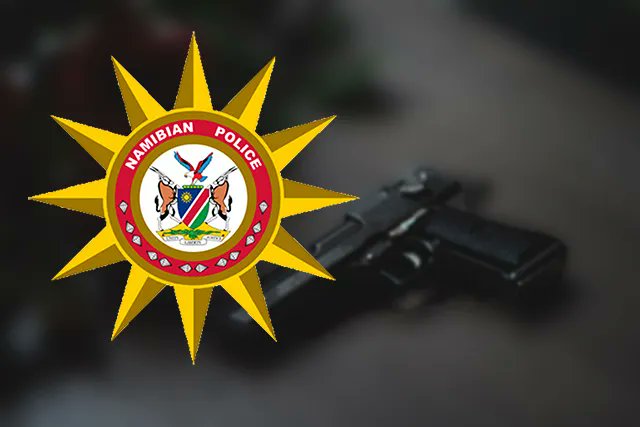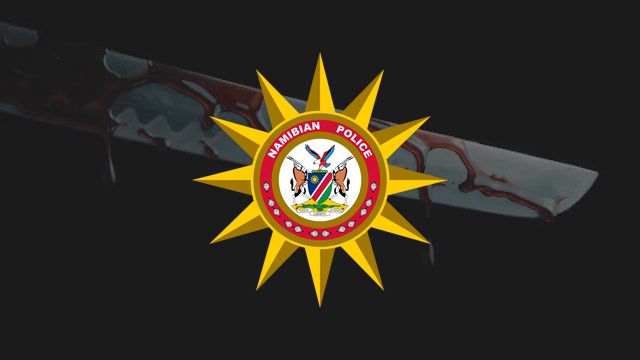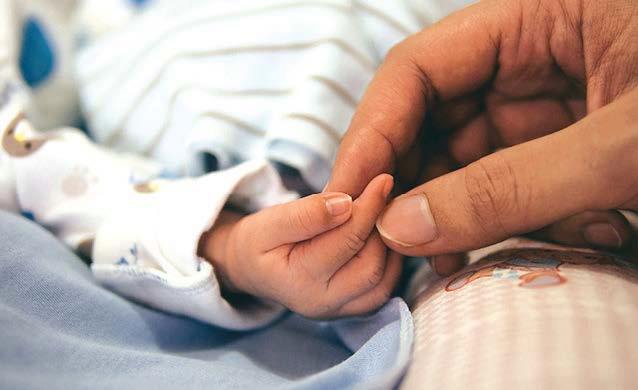THE latest witness to testify in the main Caprivi high treason trial claimed yesterday that he had to bribe two Police officers – the one holding a senior rank as Chief Inspector – in order to be recruited into the Namibian Police.
With his credibility as a witness and trustworthiness as a person being questioned by defence lawyers subjecting him to cross-examination, the 60th prosecution witness to testify, Walters Sikoshi, admitted yesterday that he had participated in an act of corruption in an effort to get a post in the ranks of the Namibian Police. Sikoshi has previously told the court that he was in a partly armed group of Caprivi Liberation Army (CLA) members that took part in a night-time attack on the Mpacha military base near Katima Mulilo on August 2 1999.He was not armed, and managed to make an escape and return to his home after soldiers in the base repelled the attack, Sikoshi had told the court.He took part in the attack after an armed man visited his house during the night of July 31 1999 and ordered Sikoshi to accompany him to what turned out to be a base used by members of the secessionist CLA in the Makanga area some 70 kilometres southwest of Katima Mulilo, Sikoshi claimed.He also related that he has since become a member of the Namibian Police.This year is the fourth year that he has been a policeman, Sikoshi said yesterday.He still holds an entry-level Constable rank.He first applied to be recruited into the Police force in 2001, he said.When no reply came for two years, he made enquiries with the Police in an attempt to find out what had happened to his application.This time, he was told that he would have to pay some money if he wanted to gain entry into the force, he said.The result of this was that he paid N$500 to two Police recruitment officers.The bribe worked, and he found himself becoming a policeman.The officers who received the pay-off were one Chief Inspector Amwaama and a certain Warrant Officer Damaseb, the court heard.INSIDE TRACK Sikoshi gave the court a glimpse not only into some of the Police’s alleged recruitment practices, but also into some of the investigation techniques that the Police unit investigating the Caprivi high treason case has allegedly been employing.He made a first witness statement to the Police in 2000, Sikoshi said.In that statement, he related how he had left Namibia in late 1998, when he joined an exodus of hundreds of people who were leaving the Caprivi Region to take refuge in Botswana.In that statement he however kept quiet about the role that he played in the events that took place at Katima Mulilo on August 2 1999.He received many visits from Police officers investigating the high treason case after he had made the first statement, though, Sikoshi testified.With one of these visits, one of the members of the high treason investigation unit, Sergeant Eimo Popyeinawa, and a colleague picked him up at his mother’s house.He thought they would be going to the Katima Mulilo Police station, but instead the policemen drove into a densely wooded area near the town, Sikoshi said.They stopped in the bush, got out of the car, took out their pistols, and told Sikoshi that that day they wanted to hear the truth – or else they did not know what would happen, Sikoshi said.He still kept up his pretence of not knowing anything other than what he had said in his first witness statement, Sikoshi said.Later, however, Police investigators again approached him and confronted him with a detailed rundown of what they said they knew about the role he had played in the attacks.By then he also knew that people had been assaulted and tortured in the Caprivi Region in the wake of the events of August 2 1999, and that some had been “assaulted up to hell” for no other reason than that they had also at one stage joined the exodus to Botswana, Sikoshi acknowledged.Hearing what the Police claimed to know about his participation, though, he decided to reveal all to the Police, he claimed.The result was a second witness statement, which he made on March 16 2001.Sikoshi is set to continue testifying today.It will be his fourth day in the witness box.Sikoshi has previously told the court that he was in a partly armed group of Caprivi Liberation Army (CLA) members that took part in a night-time attack on the Mpacha military base near Katima Mulilo on August 2 1999.He was not armed, and managed to make an escape and return to his home after soldiers in the base repelled the attack, Sikoshi had told the court.He took part in the attack after an armed man visited his house during the night of July 31 1999 and ordered Sikoshi to accompany him to what turned out to be a base used by members of the secessionist CLA in the Makanga area some 70 kilometres southwest of Katima Mulilo, Sikoshi claimed.He also related that he has since become a member of the Namibian Police.This year is the fourth year that he has been a policeman, Sikoshi said yesterday.He still holds an entry-level Constable rank. He first applied to be recruited into the Police force in 2001, he said.When no reply came for two years, he made enquiries with the Police in an attempt to find out what had happened to his application.This time, he was told that he would have to pay some money if he wanted to gain entry into the force, he said.The result of this was that he paid N$500 to two Police recruitment officers.The bribe worked, and he found himself becoming a policeman.The officers who received the pay-off were one Chief Inspector Amwaama and a certain Warrant Officer Damaseb, the court heard.INSIDE TRACK Sikoshi gave the court a glimpse not only into some of the Police’s alleged recruitment practices, but also into some of the investigation techniques that the Police unit investigating the Caprivi high treason case has allegedly been employing.He made a first witness statement to the Police in 2000, Sikoshi said.In that statement, he related how he had left Namibia in late 1998, when he joined an exodus of hundreds of people who were leaving the Caprivi Region to take refuge in Botswana.In that statement he however kept quiet about the role that he played in the events that took place at Katima Mulilo on August 2 1999.He received many visits from Police officers investigating the high treason case after he had made the first statement, though, Sikoshi testified.With one of these visits, one of the members of the high treason investigation unit, Sergeant Eimo Popyeinawa, and a colleague picked him up at his mother’s house.He thought they would be going to the Katima Mulilo Police station, but instead the policemen drove into a densely wooded area near the town, Sikoshi said.They stopped in the bush, got out of the car, took out their pistols, and told Sikoshi that that day they wanted to hear the truth – or else they did not know what would happen, Sikoshi said.He still kept up his pretence of not knowing anything other than what he had said in his first witness statement, Sikoshi said.Later, however, Police investigators again approached him and confronted him with a detailed rundown of what they said they knew about the role he had played in the attacks.By then he also knew that people had been assaulted and tortured in the Caprivi Region in the wake of the events of August 2 1999, and that some had been “assaulted up to hell” for no other reason than that they had also at one stage joined the exodus to Botswana, Sikoshi acknowledged.Hearing what the Police claimed to know about his participation, though, he decided to reveal all to the Police, he claimed.The result was a second witness statement, which he made on March 16 2001.Sikoshi is set to continue testifying today.It will be his fourth day in the witness box.
Stay informed with The Namibian – your source for credible journalism. Get in-depth reporting and opinions for
only N$85 a month. Invest in journalism, invest in democracy –
Subscribe Now!








